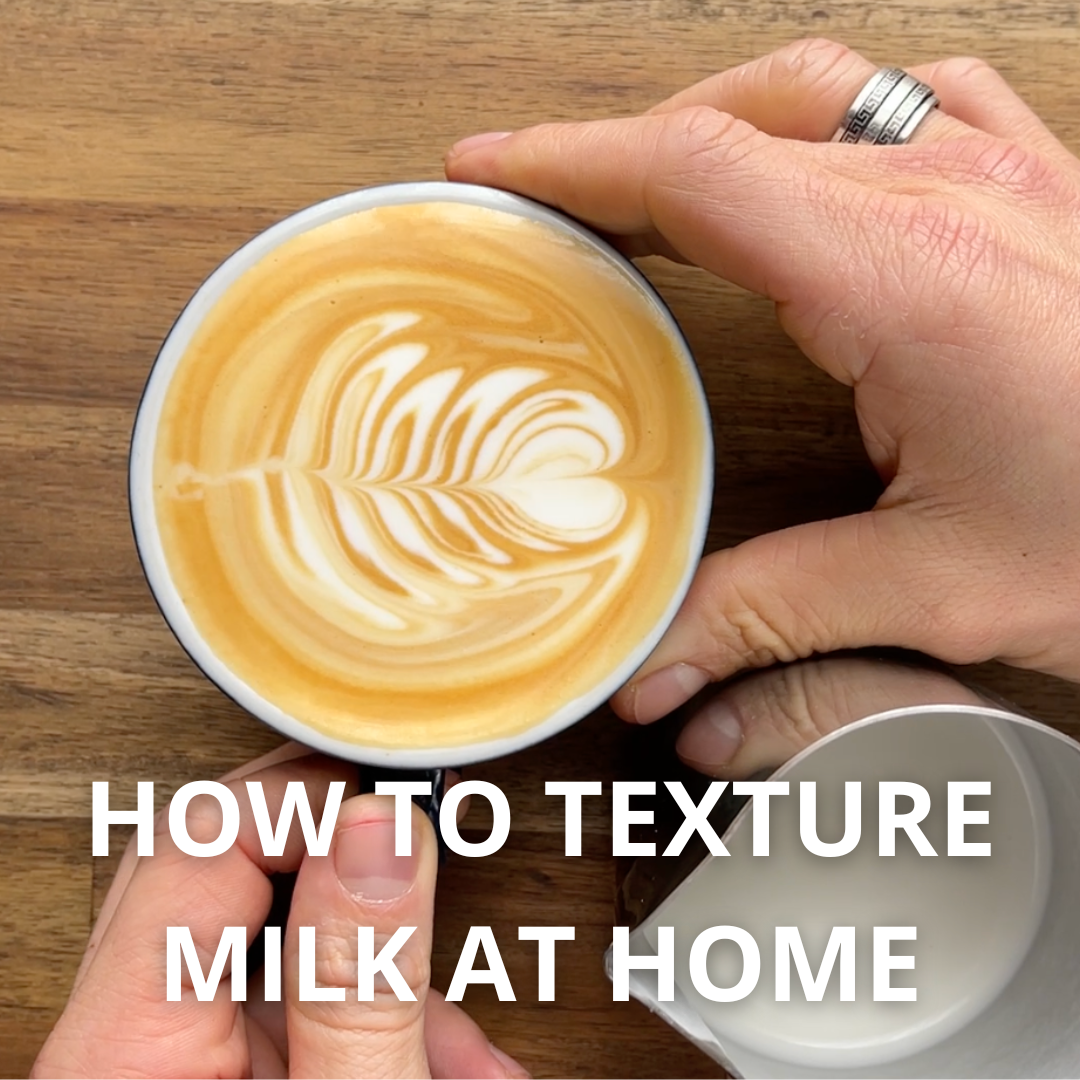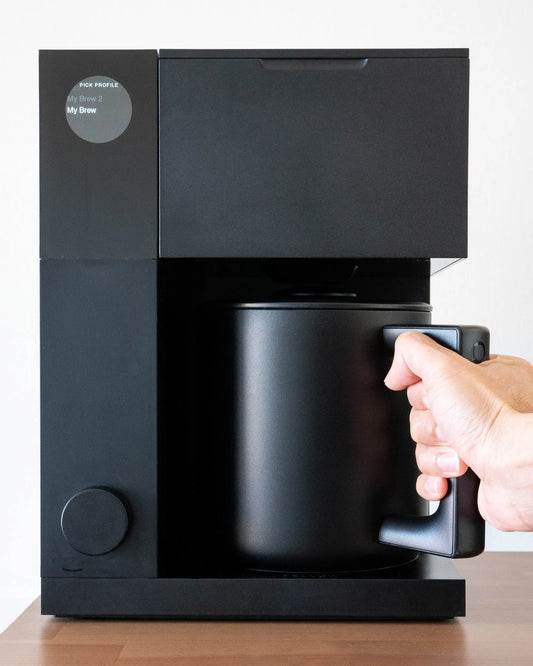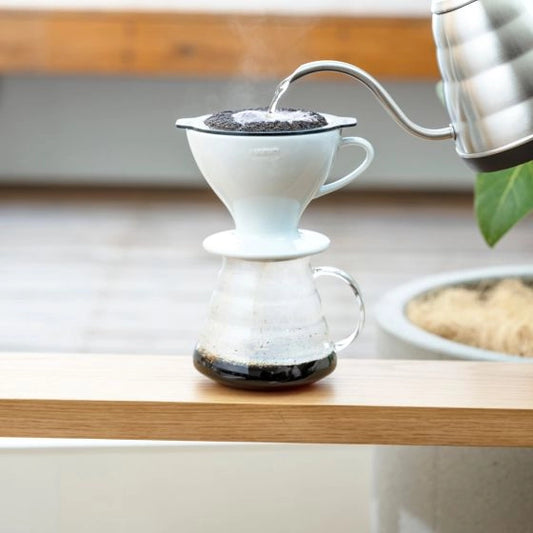
How to texture milk at home like a pro
Share
There are a few simple steps you can take to make better coffee at home. First, start with high-quality coffee beans and grind them fresh just before brewing. Use the right amount of coffee relative to the amount of water you're using, this is known as your coffee ratio and is the difference between an ok cup of coffee and a great cup of coffee.
Finally, use good-quality water and heat it to the proper temperature, which is between 95º and 100º degrees Celsius (depending on the coffee and the brew method).
When it comes to milk there are many ways to texture milk at home, we have all tried the french press foaming technique and if you haven't tried it yourself let me save you some time. Texturing milk in a french press is difficult to learn and harder to master, personally I have never been able to reach anything that resembles cafe quality textured milk.
Benefits of drinking coffee with milk:
There are several reasons why you might want to drink coffee with milk. First, adding milk to coffee can help to balance the flavours and make the coffee taste smoother and creamier. This can be especially helpful for people who find black coffee too bitter or acidic. Not only is this based on peoples preferences it is also the dominating way people consume coffee here in Melbourne, Australia. Drinking coffee with milk can be a comforting and enjoyable experience, and it allows you to experiment with different flavour combinations and textures, who can deny a creamy flat white.
How to texture milk at home like a pro:
To texture milk at home like a pro, you will need to start with high-quality milk and a frothing pitcher. Place the milk in the frothing pitcher and use a milk frother to froth the milk until it reaches the desired texture. This is the exact same when using the Subminimal Nano Foamer with the one exception of heating your milk prior to frothing.
If you have ever used a coffee machine wand the experience of using the Nano Foamer is very similar and incredibly intuitive.
- Place your jug on a stable surface and hold with one hand, fully submerge the screen side in the milk before turning on.
- Turn on and tilt the Nano Foamer to create a vortex.
- Slowly move the Nano Foamer closer to the centre to aerate the milk more and back to the side for less aeration.
To create latte art, pour the frothed milk high breaking the surface of a freshly brewed cup of espresso in a circular motion. To create the contrast of the 'white' component of latte art you will need to move the milk pitcher closer to the espresso and pour slower.
This is because the foam in the milk actually sits on top of the coffee, practice and patience are key to becoming a pro at texturing milk at home, don't get too disappointed if your latte art isn't where you want it to be straight away you will only get better the more you practice.
Is milk texture important when making coffee?
Yes, milk texture is important when making coffee because it can affect the taste and overall enjoyment of the drink. Smooth, velvety milk is ideal for creating lattes/flat whites and cappuccinos because it blends well with the espresso and creates a rich, creamy texture and taste. This is achieved by frothing the milk to create a micro-foam, which is foam with very small bubbles that gives the milk a velvety smooth texture. On the other hand, milk that is not frothed properly can result in a thin, watery texture or an overly thick foam that is less than ideal for pouring latte art and drinking coffee.
Milk temperature important when tasting coffee?
Milk temperature is important when tasting coffee because it can affect the flavour and overall enjoyment of the drink. Milk that is too cold can dull the flavour of the coffee, while milk that is too hot can burn the tongue and make the coffee taste bitter. The ideal milk temperature for coffee is between 60 and 65 degrees (this is just a generalisation) which allows the flavours of the coffee and milk to be balanced and fully appreciated. To achieve the perfect milk temperature for coffee, use a thermometer to monitor the temperature of the milk as it heats up over the stove.
What are the benefits of making coffee at home rather than getting coffee at a cafe?
Learn more about the Subminimal Nano Foamer Here 👇







